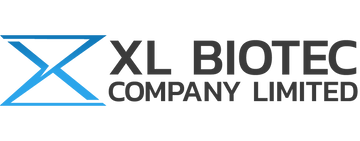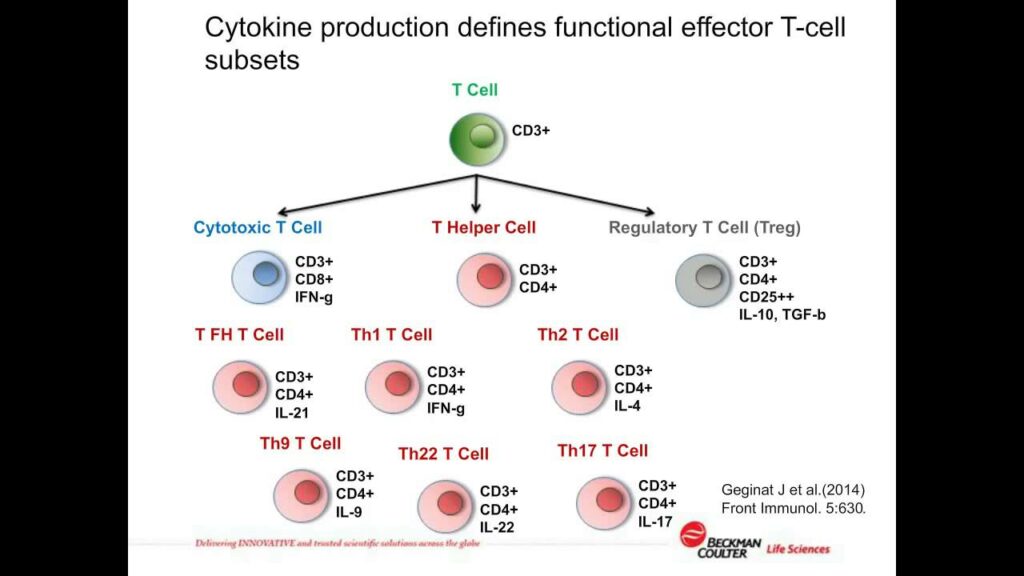Blog Post
Understanding CD4: A Key Player in Immune Function
CD4, or Cluster of Differentiation 4, is a glycoprotein found on the surface of immune cells such as T-helper cells, monocytes, macrophages, and dendritic cells. It plays a crucial role in the immune system, particularly in the adaptive immune response. In this blog post, we will explore the significance of CD4, its functions, and its implications in health and disease.
What is CD4?
CD4 is a co-receptor that aids in the activation of T-helper cells by binding to major histocompatibility complex class II (MHC II) molecules on the surface of antigen-presenting cells (APCs). This interaction is essential for the proper activation and function of T-helper cells, which are pivotal in orchestrating the body’s immune response.
Functions of CD4
- Activation of T-helper Cells: The primary role of CD4 is to enhance the sensitivity of T-helper cells to antigens presented by APCs. When an APC presents an antigen via MHC II molecules, CD4 binds to the MHC II complex, stabilizing the interaction and facilitating the activation of T-helper cells. This activation leads to the proliferation and differentiation of T-helper cells into various subtypes, including Th1, Th2, Th17, and regulatory T cells, each playing specific roles in immune response.
- Immune Regulation: CD4+ T-helper cells are critical in regulating the immune response. Th1 cells promote cell-mediated immunity by activating macrophages and cytotoxic T cells, which are essential for defending against intracellular pathogens such as viruses and some bacteria. Th2 cells support humoral immunity by helping B cells produce antibodies, which target extracellular pathogens. Regulatory T cells help maintain immune tolerance and prevent autoimmune reactions by suppressing overactive immune responses.
- Cytokine Production: Activated CD4+ T-helper cells secrete a variety of cytokines, which are signaling molecules that mediate and regulate immunity, inflammation, and hematopoiesis. The specific cytokines produced depend on the subtype of T-helper cell. For instance, Th1 cells produce interferon-gamma (IFN-γ), which activates macrophages, while Th2 cells produce interleukins such as IL-4, IL-5, and IL-13, which support B cell function and antibody production.
CD4 in Health and Disease
- HIV/AIDS: One of the most well-known associations of CD4 is its role in HIV infection. The HIV virus specifically targets and infects CD4+ T-helper cells, leading to their gradual depletion. As the number of CD4+ cells declines, the immune system becomes increasingly compromised, leaving the body vulnerable to opportunistic infections and cancers. Monitoring CD4 cell counts is a crucial aspect of managing HIV/AIDS, as it provides insight into the progression of the disease and the effectiveness of antiretroviral therapy.
- Autoimmune Diseases: Dysregulation of CD4+ T-helper cell function can contribute to the development of autoimmune diseases, where the immune system mistakenly attacks the body’s own tissues. For example, an imbalance between different subsets of T-helper cells, such as an overactive Th17 response or a deficiency in regulatory T cells, can lead to conditions like rheumatoid arthritis, multiple sclerosis, and type 1 diabetes.
- Cancer: CD4+ T cells also play a role in cancer immunity. While they can contribute to anti-tumor immunity by activating other immune cells, tumors can evade the immune system by creating an immunosuppressive microenvironment that inhibits CD4+ T cell function. Understanding the mechanisms by which tumors suppress CD4+ T cell activity is a significant area of research in developing cancer immunotherapies.
Conclusion
CD4 is a critical component of the immune system, essential for the activation and regulation of immune responses. Its role in health and disease underscores the importance of maintaining a balanced and functional immune system. Ongoing research continues to uncover new insights into the functions of CD4+ T-helper cells and their implications in various diseases, paving the way for innovative therapeutic approaches.


